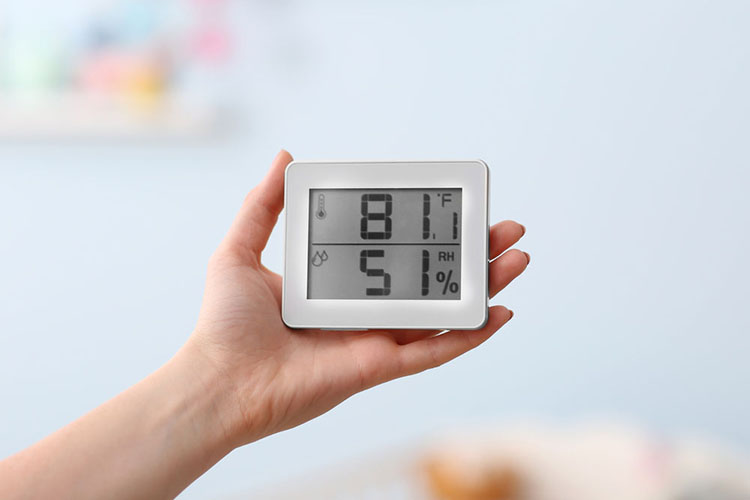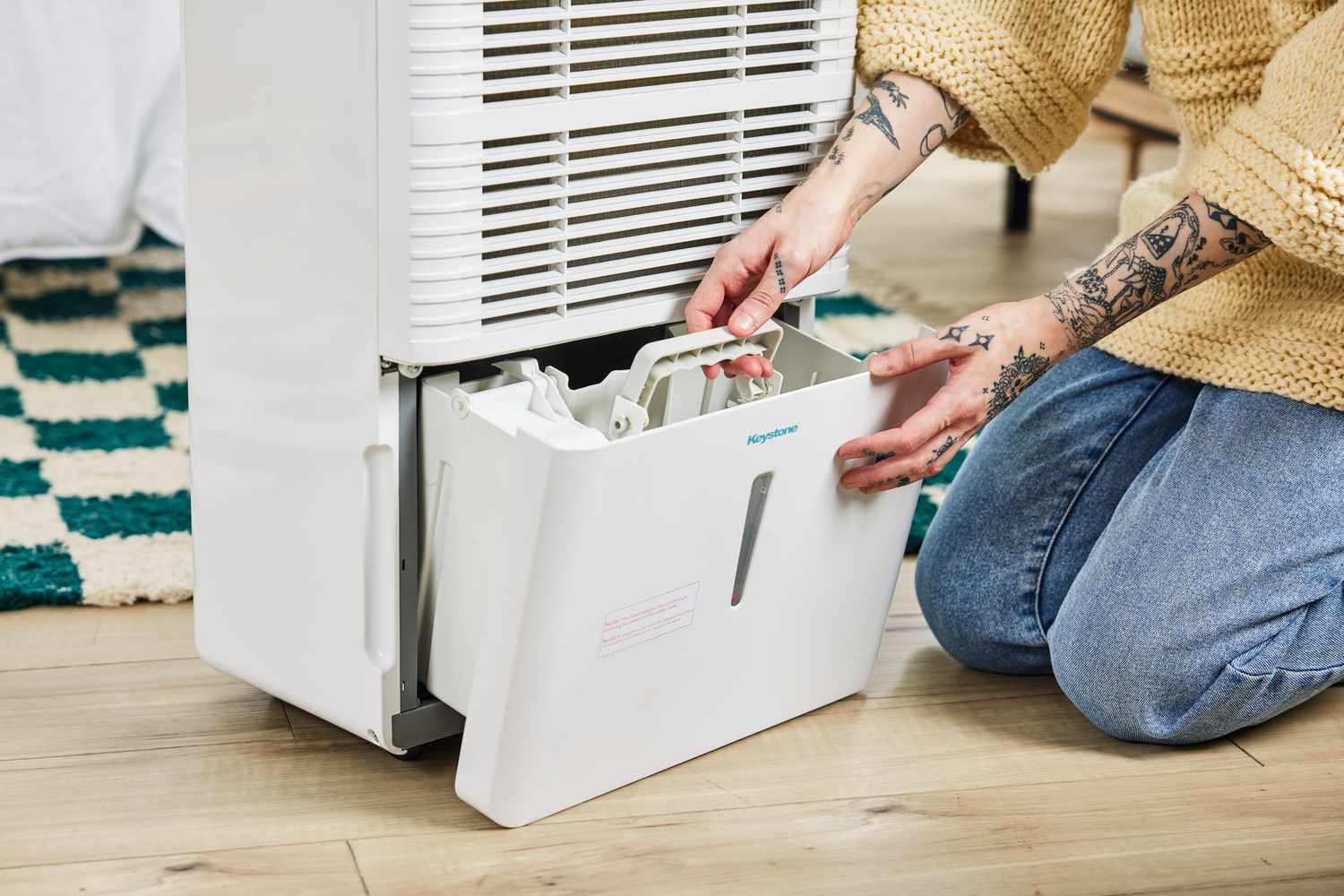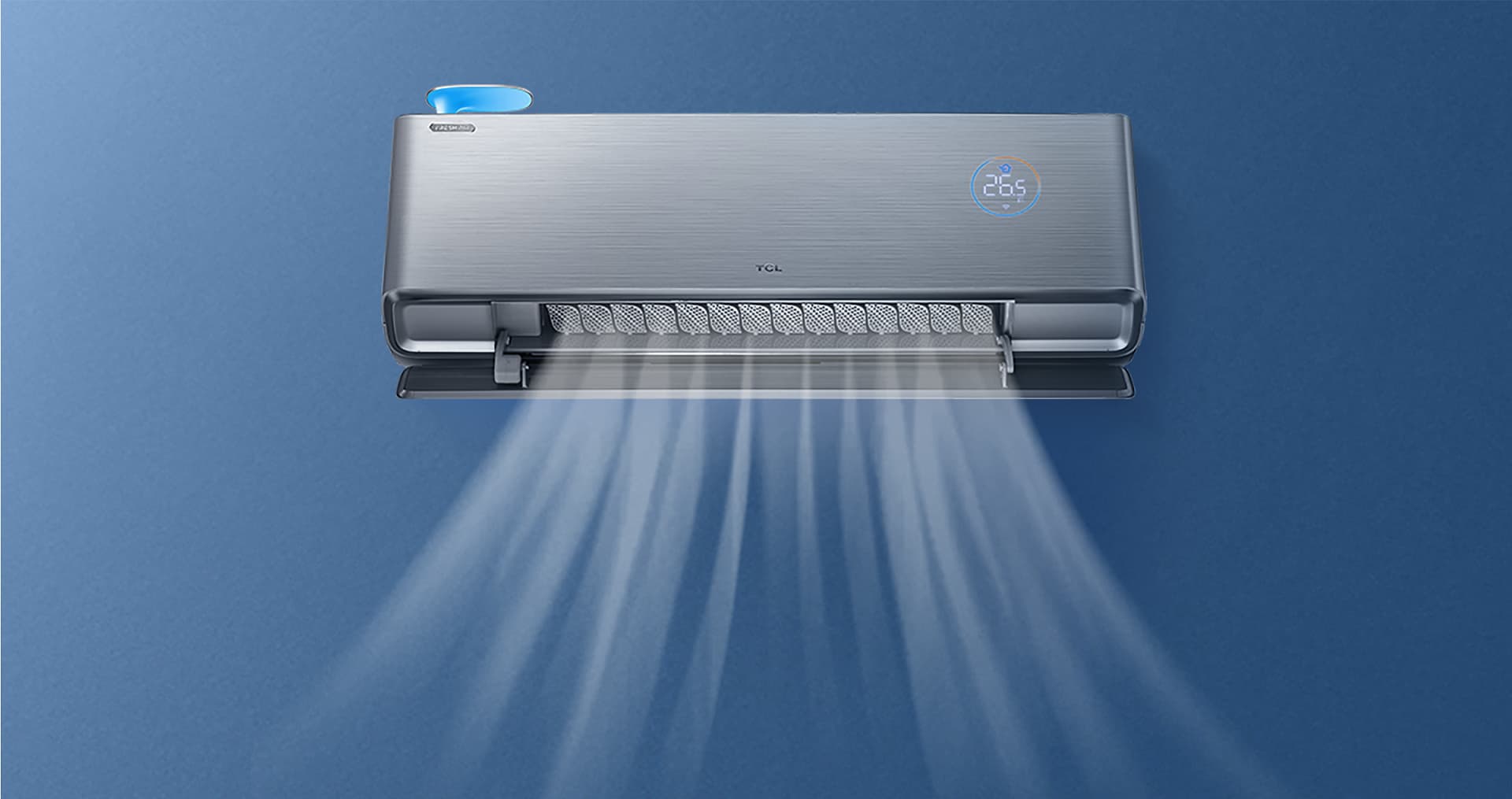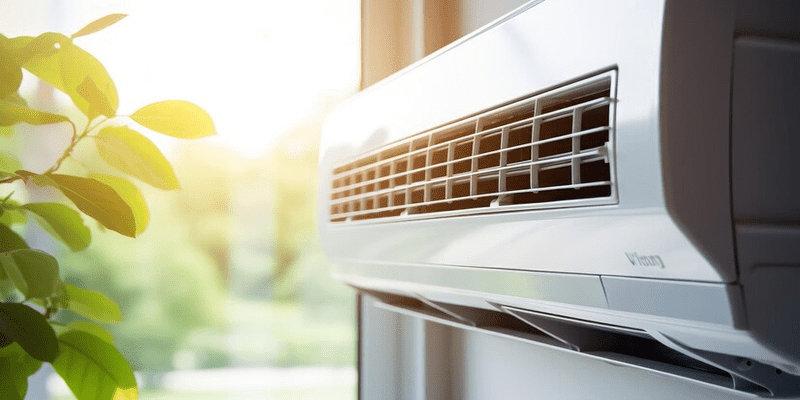Excessive humidity in your home can create discomfort, damage property, and pose health risks. Maintaining the right humidity balance is essential for a safe and comfortable living environment. This comprehensive guide provides practical, long-term, and actionable steps to effectively lower humidity in your home. By implementing these strategies, you can prevent mold growth, reduce allergens, and maintain structural integrity.

Understanding Humidity: What Is It and Why Does It Matter?
Humidity refers to the amount of water vapor in the air. The indoor humidity level plays a significant role in determining comfort, air quality, and home maintenance. High humidity levels can contribute to the growth of mold and mildew, which can damage walls, furniture, and personal belongings, and cause health issues such as respiratory problems and allergies.
The Environmental Protection Agency (EPA) recommends keeping indoor humidity levels below 60%, ideally between 30% and 50%, to minimize these risks. Controlling humidity can also prevent pest infestations, as many pests thrive in damp conditions.

Identifying High Indoor Humidity: Key Signs
Recognizing the signs of high humidity is the first step toward addressing the problem. Here’s what to watch for:
- Condensation on Windows and Glass Surfaces: When warm, humid air meets a cold surface, it cools and releases moisture, which can collect on windows and mirrors.
- Visible Mold Growth: Mold can develop on walls, ceilings, and corners, particularly in bathrooms, kitchens, and basements.
- Musty Odors: Persistent musty smells can indicate mold or mildew growth, which thrives in humid environments.
- Peeling Paint or Wallpaper: Excess moisture can cause paint and wallpaper to bubble or peel away from the walls.
- Allergy Symptoms: If you or someone in your household experiences increased allergy symptoms such as sneezing, coughing, or itchy eyes, high humidity could be contributing to the issue.
Comprehensive Methods to Lower Humidity Levels
Effectively reducing indoor humidity requires a combination of short-term fixes and long-term solutions. Below, we’ll explore a range of strategies to help you manage and control humidity in your home.
1. Use Dehumidifiers

Dehumidifiers are one of the most reliable tools for reducing indoor humidity. These devices work by drawing moist air into the unit, removing moisture, and releasing dry air back into the room. Dehumidifiers come in various sizes and capacities, suitable for small bathrooms to large basements.
Benefits of Dehumidifiers:
- Immediate reduction of moisture levels
- Prevention of mold and mildew growth
- Improved air quality and comfort
To maximize effectiveness, place the dehumidifier in the most humid areas, such as basements, bathrooms, or laundry rooms. For large spaces, consider a whole-house dehumidifier that integrates with your HVAC system for consistent humidity control.
2. Improve Ventilation
Proper ventilation can significantly reduce indoor humidity. Ensuring adequate airflow helps to expel moisture-laden air and replace it with fresh air. This is particularly important in areas where water vapor is generated, such as kitchens, bathrooms, and laundry rooms.
Ways to Improve Ventilation:
- Open windows and doors when weather permits to allow fresh air circulation.
- Install exhaust fans in bathrooms and kitchens, and use them while cooking, showering, or running the dishwasher.
- Ensure that your home’s attic and crawl spaces are properly ventilated to prevent moisture buildup.
3. Utilize Your Air Conditioning System

Air conditioning units not only cool your home but also remove excess moisture from the air. Running your air conditioner helps reduce humidity levels and keeps your home comfortable.
Best Practices for Using A/C to Control Humidity:
- Ensure your A/C unit is the appropriate size for your home. An undersized unit may struggle to cool and dehumidify effectively, while an oversized unit may cool too quickly without removing sufficient moisture.
- Keep the unit well-maintained by cleaning or replacing air filters regularly. Dirty filters can restrict airflow and reduce dehumidification efficiency.
- Use the “auto” setting instead of the “on” setting. The auto setting allows the fan to cycle on and off with the compressor, effectively removing moisture during the cooling process.
Long-Term Solutions to Prevent High Humidity
While dehumidifiers, air conditioning, and improved ventilation can provide immediate relief, long-term solutions are necessary for sustained control of indoor humidity.
4. Insulate Your Home
Proper insulation helps maintain consistent indoor temperatures and prevents condensation, which can contribute to high humidity. Insulating walls, attics, and basements can reduce the temperature differential between indoor and outdoor spaces, minimizing condensation risks.
Sealing and insulating ductwork is also essential, especially in areas like basements and attics where temperature fluctuations can lead to moisture buildup. Ensuring that your home’s exterior is well-insulated can help create a moisture barrier, protecting against humid outdoor air.
5. Seal Cracks and Gaps
Cracks and gaps around windows, doors, and foundations can allow warm, moist air to infiltrate your home. Sealing these openings can prevent humidity from rising and help maintain lower humidity levels.
How to Seal Your Home:
- Apply weatherstripping around doors and windows to create a tight seal.
- Use caulk to seal gaps around pipes, electrical outlets, and other openings.
- Inspect and repair any damaged areas in your home’s exterior to prevent moisture intrusion.
6. Incorporate Moisture-Absorbing Products
Moisture absorbers like silica gel and calcium chloride are effective for reducing humidity in small spaces, such as closets, cabinets, and wardrobes. These products are affordable, easy to use, and can help manage moisture in specific areas of your home where dehumidifiers may not be practical.
Adopt Healthy Habits to Control Humidity
Beyond tools and home modifications, adopting simple daily habits can help you maintain optimal humidity levels:
- Avoid Drying Clothes Indoors: Drying wet clothes indoors releases moisture into the air, raising humidity levels. Whenever possible, dry clothes outside or in a well-ventilated area.
- Use Lids While Cooking: Boiling and simmering food releases steam, which can increase humidity. Covering pots and pans while cooking can help reduce moisture buildup.
- Run Bathroom Exhaust Fans: After taking a hot shower or bath, run the bathroom exhaust fan for at least 15 minutes to vent moisture-laden air outside.
- Water Indoor Plants Sparingly: Overwatering plants can contribute to excess moisture. Be mindful of your plant’s needs and avoid overwatering.
Advanced Solutions for Severe Humidity Problems
For homes experiencing persistent high humidity levels, more advanced solutions may be necessary. These can include:
7. Install a Whole-House Ventilation System

Whole-house ventilation systems, such as energy recovery ventilators (ERVs) and heat recovery ventilators (HRVs), can help balance indoor humidity. These systems work by exchanging indoor air with outdoor air, expelling moisture while maintaining energy efficiency. ERVs are particularly effective in humid climates, as they can transfer moisture to or from incoming air to maintain a balanced indoor environment.
Professional Mold Remediation and Humidity Assessment
If you’ve tried various solutions and still struggle with high humidity and mold, it may be time to consult with professionals. Mold remediation experts can assess your home’s humidity levels, identify problem areas, and provide targeted solutions to prevent mold growth and maintain healthy humidity levels.
Contact Citywide Mold Mitigation at 844-552-0467 for expert guidance on mold prevention, remediation, and maintaining a balanced home environment.
Frequently Asked Questions About Lowering Home Humidity
| Question | Answer |
|---|---|
| What is the ideal indoor humidity level? | The ideal indoor humidity level is between 30% and 50%. This range provides the most comfort and is also the least likely to promote the growth of harmful organisms like mold and dust mites. |
| Can high humidity damage my home? | Yes, high humidity can cause damage to your home, especially over time. It can lead to condensation on walls and windows, which can cause wallpaper and paint to peel, wood to warp or rot, and mold to develop. |
| Can I measure the humidity level in my home? | Yes, you can measure the humidity level in your home using a device called a hygrometer. These are readily available online and in home improvement stores. |
| Does air conditioning reduce humidity? | Yes, air conditioning can reduce humidity. As the air cools, it’s unable to hold as much moisture, which condenses on the cooling coils and is removed from your home. |
| What should I do if my home remains humid despite using these methods? | If humidity persists, consider professional consultation to identify hidden sources of moisture or to implement advanced solutions like whole-house ventilation systems. |
Conclusion
Lowering indoor humidity is essential for maintaining a comfortable, healthy home environment. From using dehumidifiers and air conditioners to adopting daily habits and advanced ventilation solutions, there are numerous ways to manage and reduce humidity levels. By implementing these strategies, you can protect your home from mold, improve air quality, and enjoy a healthier living space.
For tailored advice and comprehensive mold remediation services, reach out to Citywide Mold Mitigation at 844-552-0467. Our experts are here to help you achieve and maintain optimal humidity levels in your home.

